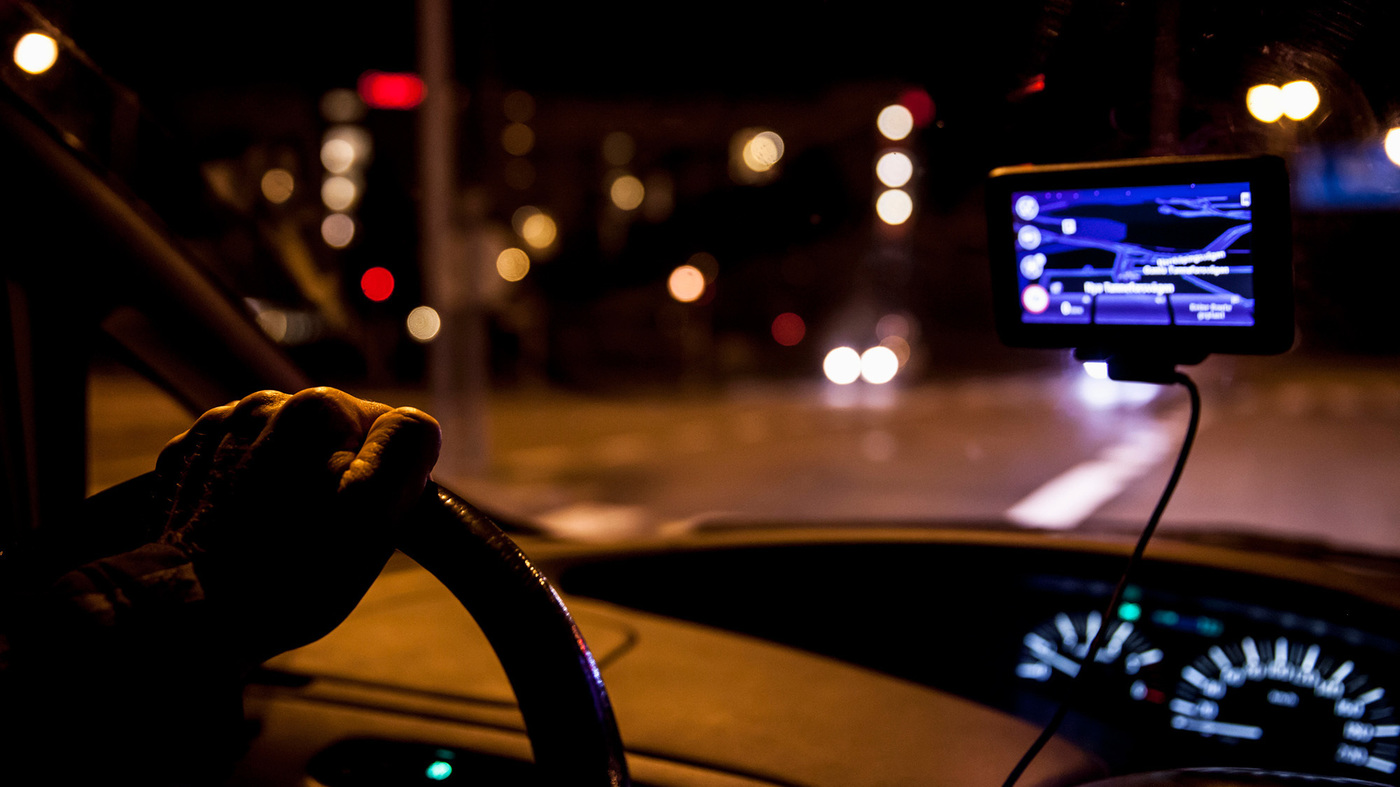Autumn is officially here and with it comes colder days and darker nights - particularly when the clocks change and British Summer Time ends in a few weeks, many of us will be spending more time driving in the dark commuting to and from work. Statistically, October marks the start of one of the most difficult times of year to be driving and research provided by the Royal Society for the Prevention of Accidents (RoSPA), states that the number of vulnerable road users killed or seriously injured increases every year when the clocks go back. However, we’ve put together some top tips to ensure you’re ready to conquer driving in the dark.

Night Time Driving Essentials:
Torch: If you are unfortunate enough to experience a breakdown during the night, your trusty torch will come in handy when inspecting your car’s engine or if you need to change a tyre.
Blanket or warm clothing: Ensure that you keep a blanket or warm clothing in the car so you are well prepared should your car breakdown, leaving you stranded and left waiting awhile.
Charged Phone & Phone Charger: Be sure to always carry a fully charged mobile phone and charger with an in-car adapter that you can easily plug into the cigarette holder, should you need to get in contact with someone or recharge your phone in an emergency.
Ice-scraper & De-icer: As the temperature drops, the likelihood of having to scrape ice off your car windscreen increases. Time is precious, particularly when it comes to the morning routine with the school run and work commute so having your ice-scraper or de-icer with you will save you time.
Do’s:
Using your lights: Did you know it’s illegal to drive at night without functioning front and rear lights? This makes it even more crucial for you to conduct regular light checks. Remember to check headlights and brake lights as well as fog lights, hazards, indicators and even your number plate lights – they all need to be working in order to keep you safe and visible on the road. On unlit country roads, be sure to use your main beam to help you see the road layout, although remember to switch to your dipped headlights if you encounter other road users, so you don’t dazzle them.
TOP TIP - When using your dipped headlights put them on an hour before sunset and keep them on an hour after sunrise – this is so you’re always visible to other road users.
Keep your windows clean: By having a build-up of condensation on the inside of your car or dirt on the outside can impair your visibility of the road. It is important to keep these as clean as possible before you set off on your commute.
Watch out for vulnerable road users: Vulnerable road users can range from pedestrians to cyclists - even animals, and during this time of the year it is extremely important to take care when driving around schools and residential areas. Reduce your speed so you have more time to react.
Cyclists can be difficult to spot, especially if they aren’t wearing reflective clothing therefore remaining alert and making sure you’re using the right lights will help you spot them more easily. Driving through country lanes at night can mean more animals darting out in front of your car, as this is when most nocturnal creatures are active. We advise you to keep your speed low and always be vigilant of our furry friends!
Get your eyes tested: If you notice you’re experiencing eyesight problems, book an appointment with your local opticians to get your eyes checked and make sure you’re wearing the correct glasses for driving at night. If you notice you’re struggling to see traffic signs, your optician may recommend an anti-reflection coating on your lenses to reduce glare from oncoming vehicles and traffic lights.
Don’ts:
Stare at oncoming vehicles: During these months, the ‘dazzle’ effect can increase. To prevent being dazzled, never look directly at the headlights of other road users, as the glare can impair your vision. We suggest focusing on looking to the left-hand side of the road and to follow the white line marking the edge (this is to keep track of your position). If you’re experiencing extreme glare, slowly reduce your speed.
Driving when tired: The bonus of this time of the year is that we’re graced with an extra hour in bed! However, seasonal changes can also affect your sleeping patterns. The shorter days and decreasing light in the evenings can increase your melatonin levels, leaving you feeling sleepier. Driving when tired can be as dangerous as drink-driving, so if you’re feeling drowsy, stop and take a break.
The shorter days and darker nights require confidence when it comes to driving in the dark. If you’re new to driving and this is your first time driving in the dark, or if you just lack the confidence, why not try and build up some practice? We suggest taking some short journeys, taking things a little slower than you usually would, just until you find your feet and feel more confident behind the wheel. While there’s certainly a lot to take into consideration, hopefully these top tips will keep you safe when out driving in the dark.
Will you be putting any of this advice to use or have your own top tips that you would like to share with us? Let us know through our social media channels.
Other CarCliq articles that might interest you:
For more CarCliq Guides, click here